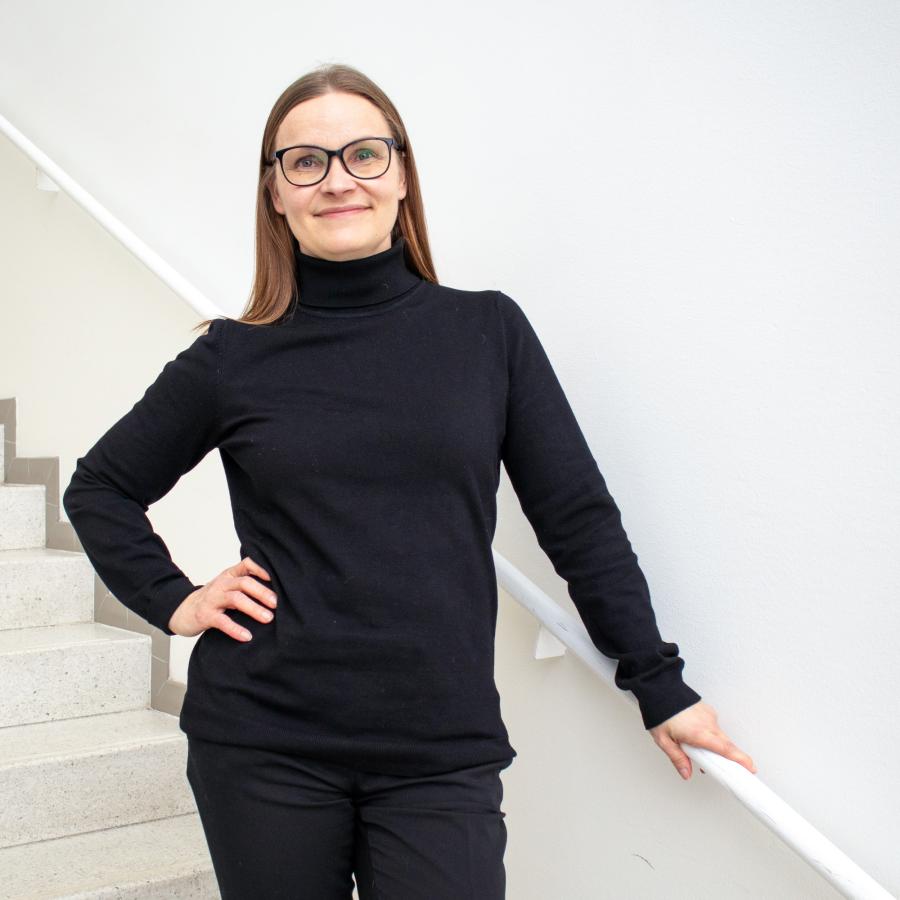Global pandemic dispersed work communities – solutions to support management of wellbeing and remote work were desperately needed

The state of emergency and forced remote work were considered temporary phenomena, but their duration could only be guessed at. In any case, they were expected to have far-reaching effects on working life. In response to the uncertain and confusing situation, the University of Vaasa launched the LEADIS project to provide research-based information and solutions for managing remote work in dispersed organisations.
“The focus was on supporting the competitive advantage and human capital of organisations by focusing on ways to improve the wellbeing and performance of teleworkers at three levels of management: organisational practices and procedures, managerial work and self-leadership,” says Liisa Mäkelä, professor of human resource management.
Back when the pandemic and the need for social distancing changed the context of remote work, information about teleworking was outdated. Both managers and employees needed immediate information and solutions.
Pace of work became faster, and remote team meetings were important
The LEADIS project collected data from six companies and providers of digital tools and services as well as regional union organisations. Data collection (surveys and interviews)focused particularly on teleworking employees and their supervisors but also included some senior management of organisations. The aim was to increase knowledge about the rapidly changing situation, its challenges and the successful operating models and organisational practices created by individual employees or work communities. Service providers were interviewed about their views and experiences of different solutions for remote work and its management.
“The results showed that the performance and efficiency of teleworkers were at a good level, but their wellbeing deteriorated as the situation stretched on,” Mäkelä says.
The project found several risk factors for remote work: inadequate practices and procedures for sharing information and for cooperating in a digital work environment, insufficient digital skills and knowledge as well as an increasing pace of work.
"The performance and efficiency of teleworkers were at a good level, but their wellbeing deteriorated as the situation stretched on."

“However, we also found positive aspects in remote work. These included a change-oriented and supportive management approach and regular meetings with the team. During meetings, it was important to keep the camera on at least part of the time to make the interaction with colleagues feel more natural.”
“Informal communication, self-leadership skills and practical support for remote work, such as separate, larger monitors, ergonomic work chairs and the availability of digital tools and training in their use, were also highlighted as things that support remote work,” Mäkelä says.
All the participating organisations received comprehensive reports on the research results and suggestions for improvement. In addition, LEADIS organised two workshops where company representatives and experts from organisations thatprovide remote work services and tools shared best practices and brainstormed solutions for the future of telework.
Working life needed information immediately
LEADIS provided new information and proposals related to involuntary remote work and its management in the context of the great uncertainty caused by the crisis and the global pandemic. LEADIS increased the awareness and knowledge of forced remote work, related risks and success factors as well as the available digital tools.
LEADIS launched Etätyökompassi (“Remote Work Compass”), a website open to everyone, which brought together important and up-to-date information on the effective management of remote work.
“Right from the start of our remote work research, we knew that companies had an immediate need for the information we collected. We started producing information bulletins based on our data very quickly and publishing them as blog posts and various reports,” says Mäkelä.
According to Mäkelä, the team aims to inform as wide an audience as possible with social media. The blog quickly expanded into the Remote Work Compass. The site has a remote work database that shares tips and best practices with employees and employers, a science blog with research, expert and guest sections as well as research reports and scientific articles. Professor Liisa Mäkelä and the LEADIS team received the University of Vaasa science communication award (2021). The award was given in recognition of excellentpopularisation of science and active participation in social debate.
Combining remote work and in-office work became the new normal – LEADIS grew into a research programme
The research results of the project have brought significant benefits to companies and employees by increasing the awareness of issues related to wellbeing and management.
“The results show that there are significant shortcomings in the management of remote work and hybrid work. This means that, in the future, we need solutions that utilise information collected from various sources, which can be used to monitor occupational safety, the occupancy rate of premises and decentralised work. Various machine learning models, such as speech, textual and communication channel analysis, can also be used to promote interaction between team members.”
“The period of remote work taught us a lot about what all can be done online, and I believe that there is no going back to the old normal – which is a very good thing,” Mäkelä says.
The external funders of the project were the Finnish Work Environment Fund and Business Finland.
The LEADIS project has since then expanded into a research programme that explores combining remote work and in-office work from different perspectives. Three projects are currently under way: Kriisien hybrideiksi hajauttamat työyhteisöt – miten uudet työntekijät pääsevät osaksi niitä? (“Hybrid work communities dispersed by crisis – how do new employees become part of them?”), Selviytymisestä uudistumiseen: Oppimisen ja innovoinnin johtaminen työpaikan kriisissä (Uudis) (“From survival to renewal: Leading learning and innovation in crisis. (Uudis)”) and Johtajuus etä- ja hybridityössä: esihenkilön ja alaisten välisten vuorovaikutussuhteiden kehittyminen ja yhteys työhyvinvointiin ja tulokselliseen työhön (“Leadership in remote and hybrid work: The development of the interaction between the managers and subordinates and the link to wellbeing and performance at work.”). More information on the projects (in Finnish).
